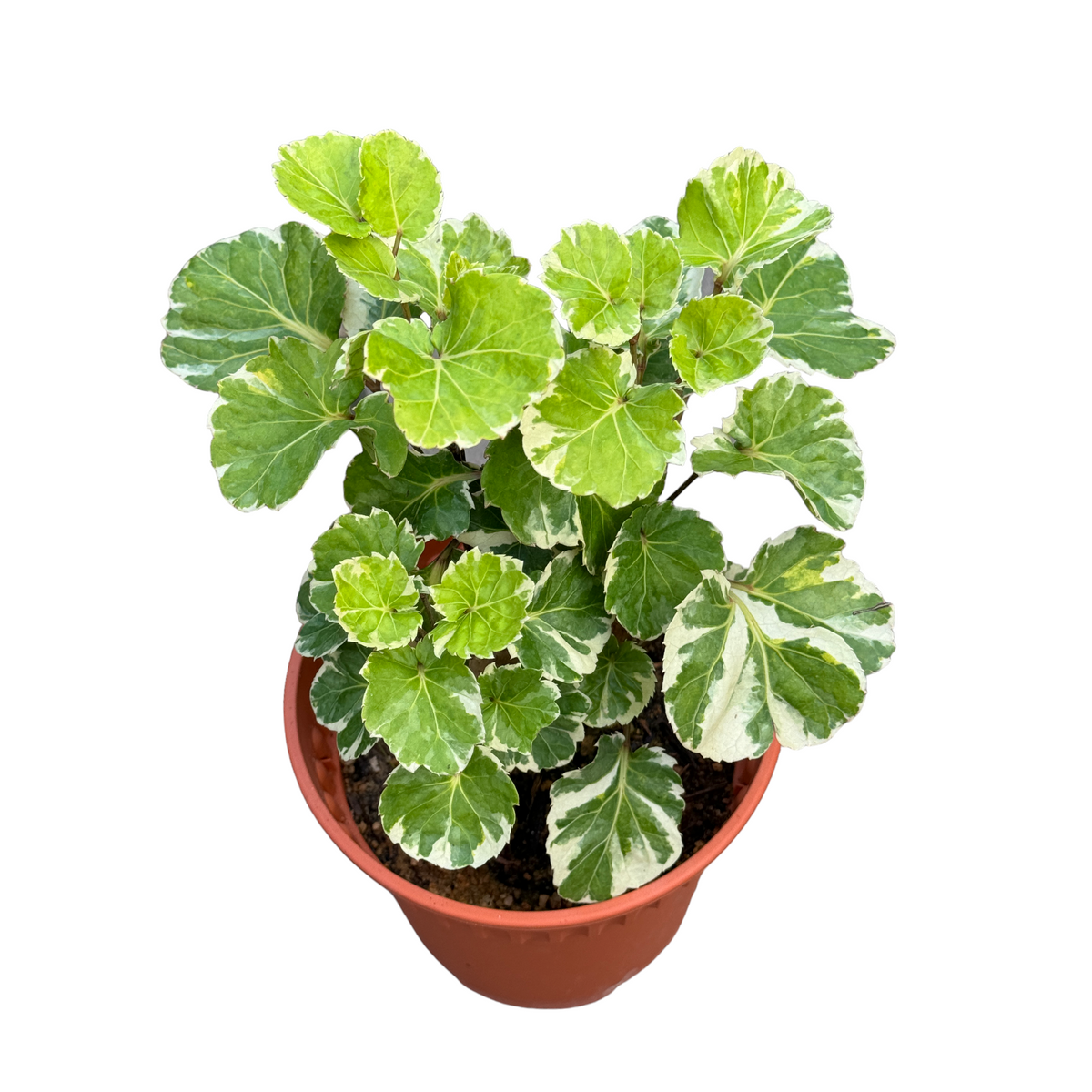Aralia: A Versatile Houseplant and Outdoor Shrub
Aralia plants, with their striking foliage and elegant growth habits, have become popular choices for both indoor and outdoor spaces. These versatile plants offer a range of benefits, from air purification and aesthetic appeal to medicinal properties. In this comprehensive guide, we will delve into the world of Aralia plants, exploring their various species, care requirements, and potential uses.
A Brief Overview of Aralia Plants
Aralia, scientifically known as Araliaceae, is a large plant family that encompasses over 1,200 species. These plants are native to diverse regions, including tropical rainforests, temperate woodlands, and even desert environments. Aralia plants exhibit a wide range of growth habits, from small herbaceous plants to towering trees. They are characterized by their compound leaves, which are typically divided into leaflets.

Popular Aralia Plant Species
Several Aralia species have gained popularity as houseplants or garden shrubs. Here are some of the most commonly cultivated varieties:
Characteristics: This deciduous tree is known for its large, compound leaves with serrated leaflets. It produces clusters of tiny white flowers followed by small, blue-black berries.

Characteristics: This herbaceous perennial features heart-shaped leaves with serrated edges. It produces clusters of tiny white flowers followed by small, blue-black berries.
Characteristics: This elegant houseplant is known for its delicate, lace-like leaves. It produces clusters of tiny white flowers followed by small, blue-black berries.

Characteristics: This deciduous shrub is known for its thorny stems and large, compound leaves with serrated leaflets. It produces clusters of tiny white flowers followed by small, blue-black berries.
Aralia Plant Care
Aralia plants require specific care to thrive. Here are some essential tips for caring for your Aralia:
Most Aralia plants prefer bright, indirect light. Avoid direct sunlight, as it can scorch the leaves.
Keep the soil consistently moist but not waterlogged. Allow the top inch of soil to dry out slightly between waterings.
Aralia plants prefer average room temperatures between 65°F (18°C) and 80°F (27°C).
Benefits of Aralia Plants
Aralia plants offer a variety of benefits, including:
Air Purification: Aralia plants are known to purify the air by removing toxins and pollutants.
Conclusion
Aralia plants are versatile and rewarding additions to any home or garden. With proper care, these plants can thrive and provide numerous benefits. Whether you are looking for a beautiful houseplant or an ornamental outdoor shrub, Aralia offers a variety of options to suit your needs.

:strip_icc()/Star-Jasmine-Bb09HQPpasXBPjzYMW55cV-cae2b5707aa74a3ba328959ad0357284.jpg?w=200&resize=200,112&ssl=1)




